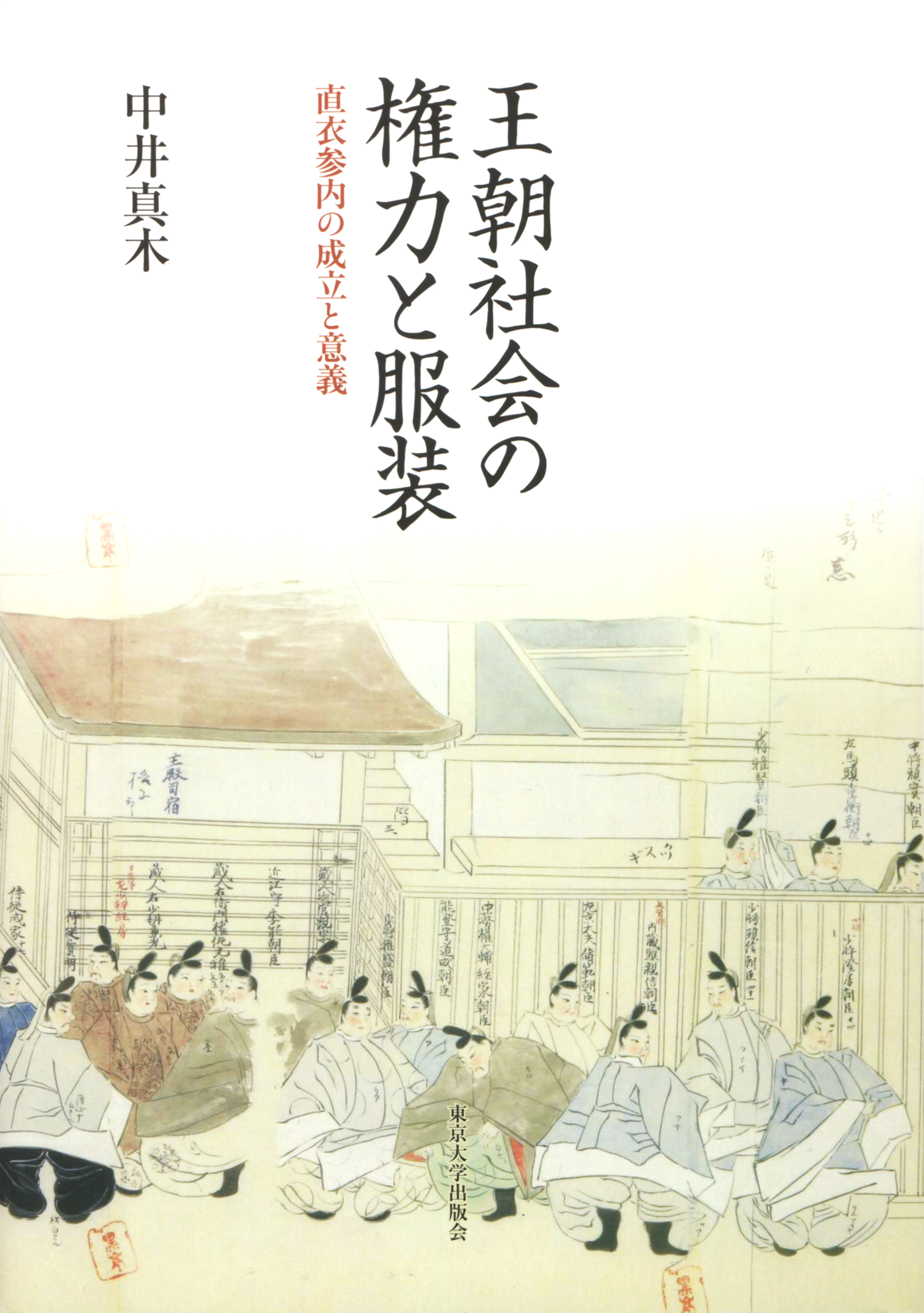
Title
Ōchō-Shakai no Kenryoku to Fukusō (Power and Attire in Heian and Early Medieval Japan - Nōshi as Court Dress)
Size
448 pages, A5 format
Language
Japanese
Released
March 28, 2018
ISBN
978-4-13-026245-3
Published by
University of Tokyo Press
Book Info
See Book Availability at Library
Japanese Page
The Heian period (ca. ninth to twelfth century) saw the flourishing of Japanese court culture. In many prose works of the era, such as The Tale of Genji and The Pillow Book (ca. early eleventh century), splendid noblemen often appear in a style of dress called nōshi. Sometimes shining white under the moonlight, other times alleviating the heat through its blue gauze, nōshi embodies the wealth, nobility, and aesthetic of the Heian aristocrats. Unlike formal court robes, which were hierarchically coded by color corresponding to the wearers’ court rank, nōshi does not appear in the official dress code in effect since the eighth century. This form of dress outside the rank-color scheme was therefore unofficial and private in nature. Despite this character, soon after it appeared in tenth-century texts, nōshi came to be worn at the royal court. Indeed, many scholars have held that a limited number of the highest-ranking courtiers received imperial sanction to wear nōshi at court; doing so was thus a special privilege reflecting the wearer’s status and intimate connection with the emperor. Until the present, however, the details of such permission, including its origin, have not been fully clarified. Moreover, when we read diaries and literature of the time, we soon encounter ministers being criticized for wearing nōshi, as well as lower-ranking courtiers routinely performing their duties while garbed in nōshi. Under what circumstances, then, was wearing this unofficial attire a privilege? With this question as its starting point, this book reveals how, through an exploration of the history of nōshi, attire functioned as a visualization of the court’s power structure and even contributed to its transformation.
The hierarchical dress code was one of the pillars of the centralized statutory state established in the eighth century. Although the codes were never abolished, that state’s cumbersome administrative systems were soon undermined, and by the late ninth century, governmental affairs had become largely the province of a group of courtiers led by a regent who had a close familial relationship with a young emperor. The privilege of entering the privy chamber and serving the emperor directly became an important marker of status. It was in this context that lower-ranking privy gentlemen who had received permission to wear “other robes” started to wear nōshi while on night duty. Although overlooked by most researchers, nōshi was, above all, dress for night service.
During the heyday of court domination by regents in the eleventh century, powerful politicians, especially Fujiwara no Michinaga (966–1027) and his son Yorimichi (992–1074), began to wear nōshi in public spaces during the day, displaying their intimacy with the emperor and consequent prestigious status. It was only in the twelfth century, however, when the failure of the regents’ house to maintain a direct biological connection with the emperor weakened its position, that its members sought to shore up their political supremacy by having this daytime use of nōshi marked as an officially sanctioned privilege. In a further step, the Heike lineage, who came to dominate the court through military power and familial connection with the emperor in the latter half of the century, used this new privilege to enhance their status and control of the court.
In this manner, the history of nōshi was deeply connected with the transformation of the Japanese court. Through a close examination of this unofficial attire that took on symbolic power in public, this book sheds a new light on the Japanese court culture and draws attention to the political function of attire.
(Written by: NAKAI Maki / April 10, 2020)
Table of Contents
1. What is Nōshi?
2. Nōshi as Dress for Night Duty and the Sanction for Wearing “Other Robes”
3. Regent Politics and Nōshi as Morning Dress
4. Establishment of the Sanction to Attend Court in Nōshi
5. Celebration of the First Occasion to Wear Nōshi
Conclusion
Appendix
References
Acknowledgements
Index



